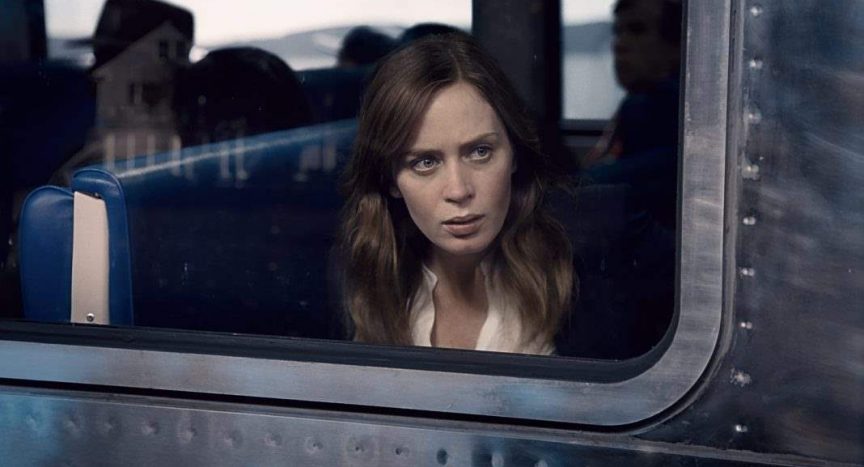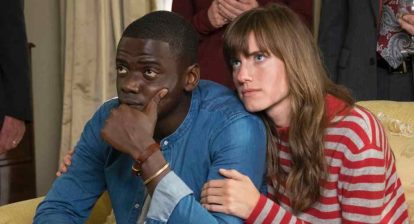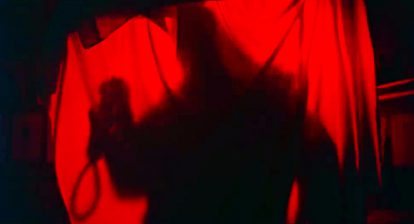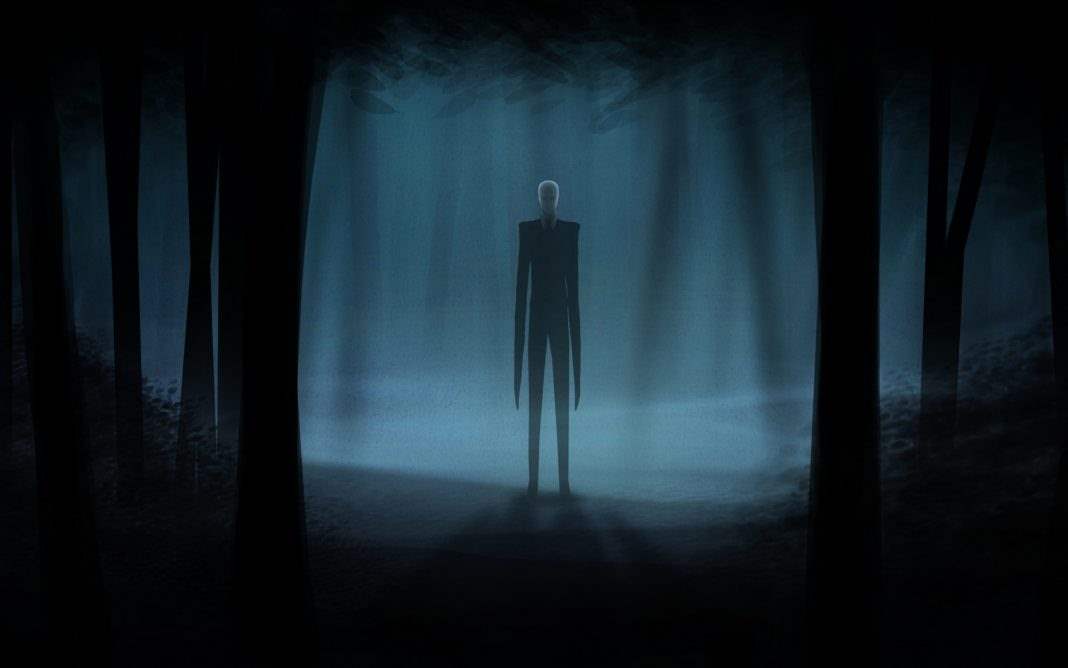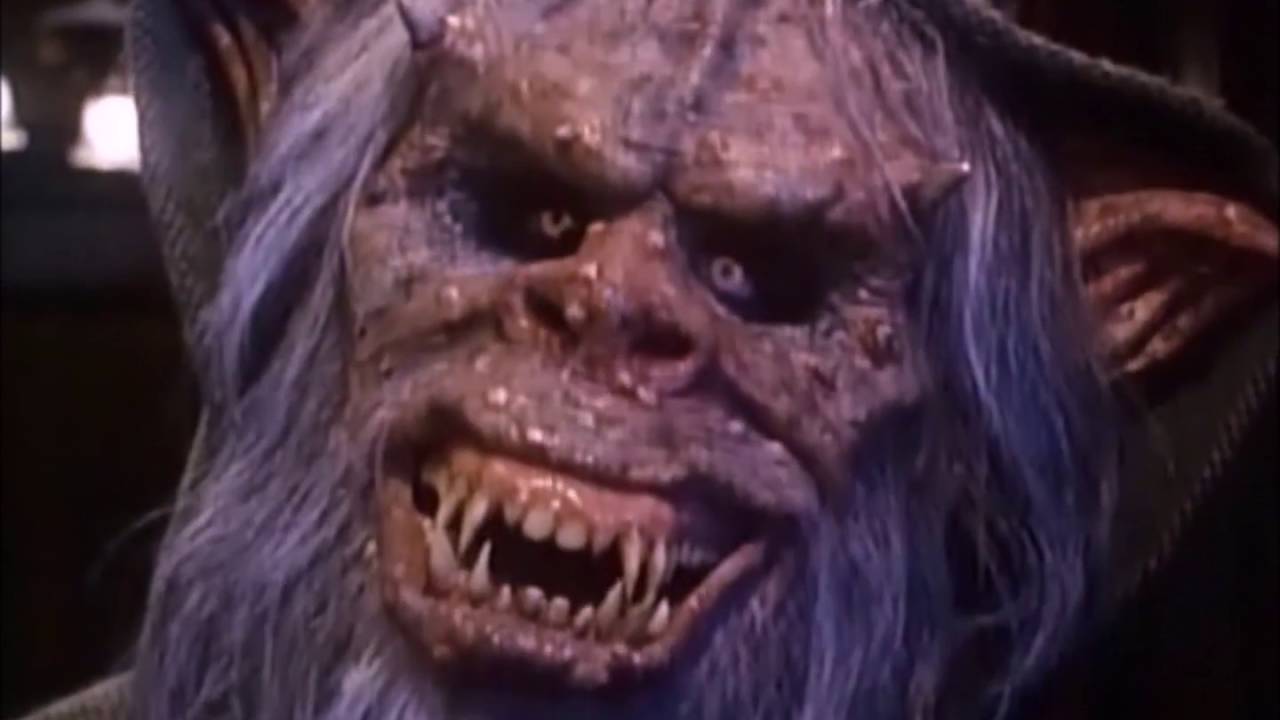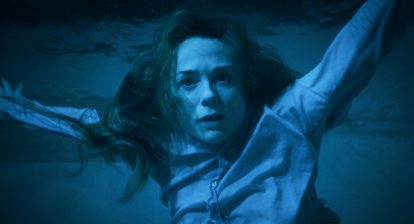Horror is evolving as a genre. Although your local multiplex is still loaded with the usual contenders, look a bit closer and you’ll find the latest drama, thriller, or crime offering is closer to horror than you might expect. In this bi-weekly series, Joey Keogh presents a film not generally classified as horror and argues why it exhibits the qualities of a great flight flick, and therefore deserves the attention of fans as an example of Not Quite Horror. This week, it’s overly sophisticated adaptation The Girl On The Train.
The Girl On The Train wants to be Gone Girl real bad. Reportedly tapped for a film adaptation prior to even being published, Paula Hawkins’ novel, although nowhere near as clever or impactful as Gillian Flynn’s no-nonsense shocker, is a reasonably entertaining page-turner whose popularity with bored commuters makes a certain amount of sense. Taking it to the screen was always going to be difficult, and Tate Taylor (The Help) smudges the already soft edges far too much to really drive any kind of point home.
Where The Girl On The Train, the film, does succeed, however is in its brutal final moments, when the already bat-shit crazy story careens right off the tracks, quickly changing direction from Soapy Drama Village to crash smack bang into Horror Town (no more train metaphors from here on out, I promise). Not only does Taylor refuse to shy away from the book’s admirably loopy denouement, but he lays it on thick in a show of gruesome madness. It’s the only moment the movie truly comes alive.

Taylor’s is a bizarrely restrained take on what is essentially a dumb soap opera in disguise as an adult drama. But try as he might, the filmmaker can’t quite mute Hawkins’ weirdly violent imagery when translating it for the screen. As Vulture’s Kevin Lincoln noted, by the time we get to the big corkscrew incident, we’ve already half-witnessed a baby drowning, a woman being murdered with a rock, and been party to Rachel fantasising about beating Anna/Megan to death in her own kitchen.
Tom’s gory death comes as quite a jolt, even though we’ve been nudged towards it for the entirety of the movie. But where the previous incidents are shot almost as though the camera operator has his/her head turned away in disgust (we see Tom raise the rock and hear a mild squelch when he brings it down, but the focus is more on the picturesque woodland setting than the act itself), it’s only when the time comes for Rachel, and later Anna, to take her revenge that our blood-lust is satisfied.
 Gone Girl revelled in its depictions of violence, from the memorable throat-slashing of Amy’s unlucky, wannabe paramour to the visions of her disembodied corpse floating down to the depths below. But where Fincher never shied away from the implicit gruesomeness at the heart of Flynn’s novel, Taylor either believes it’s not necessary to drive that point home or feels too queasy giving us any real payoff until the film is almost over. Unfortunately, where Gone Girl could’ve survived without any violence, The Girl On The Train kind of requires it to liven itself up.
Gone Girl revelled in its depictions of violence, from the memorable throat-slashing of Amy’s unlucky, wannabe paramour to the visions of her disembodied corpse floating down to the depths below. But where Fincher never shied away from the implicit gruesomeness at the heart of Flynn’s novel, Taylor either believes it’s not necessary to drive that point home or feels too queasy giving us any real payoff until the film is almost over. Unfortunately, where Gone Girl could’ve survived without any violence, The Girl On The Train kind of requires it to liven itself up.
Although it’s shot beautifully, each frame imbued with a cold, sterile touch that perfectly suits the privileged, white suburban setting, the movie feels plodding and dull thanks, primarily, to its source material which just isn’t strong enough to justify all the perspective-shifting and skirt-tugging. The emphasis on First World Problems doesn’t help either, as even the desperate Rachel looks quite respectable for the most part (something a lot of commentators have unfairly blamed on Blunt as a beautiful, poised actress).
And yet, the corkscrew kill suggests that maybe something more fun, and outlandish, is lurking beneath the surface, if only a director with more courage had been let loose on the material. Lincoln suggests that The Girl On The Train doesn’t realise how violent it is. I reckon it does, but it’s ashamed of it, which is why Taylor saves the violence for that one, truly horrifying moment at the very end and then forces us to look upon it (just as Anna does from the window) as though it’s just another moment in suburbia. If only he’d let loose elsewhere, this might have been a real contender.
